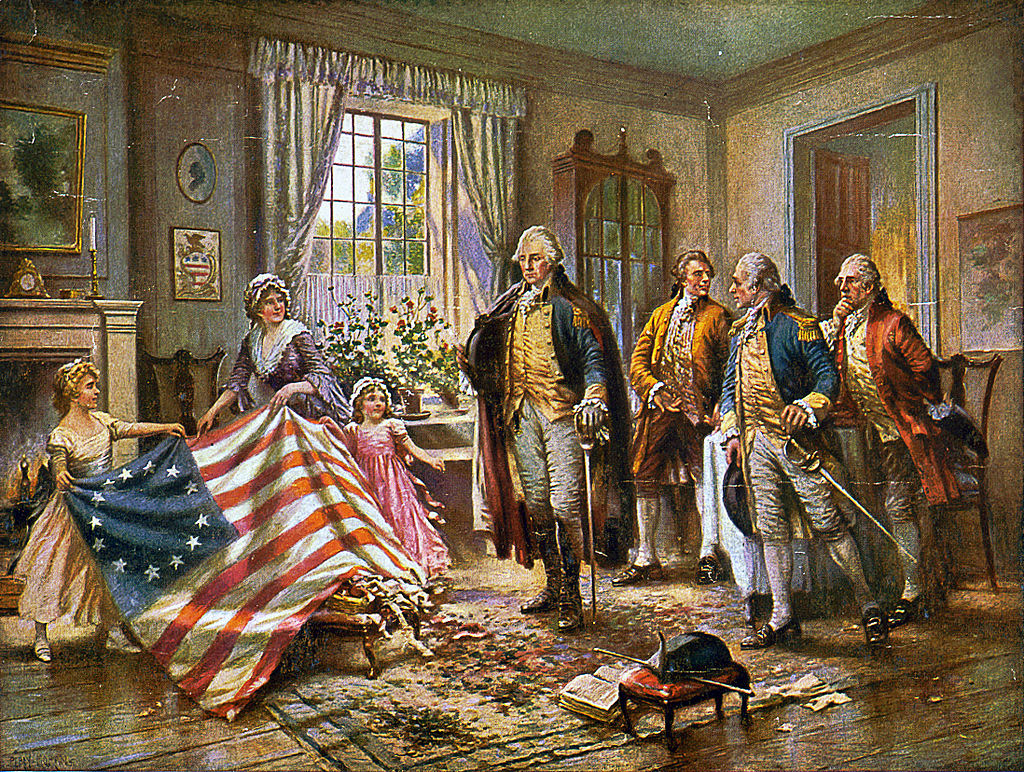July 4th: The Birth of a Nation
.jpg?1530644769638)
Independence Day – also known as The Fourth of July – has been celebrated as a federal holiday in the United States since 1941. From present day dating back to 1776, July 4th has been a defining day for Americans and celebrated as the birth of American Independence. With festivities including fireworks, parades, family gatherings, and cookouts, how did Independence Day come to be?
When initial battles started in the Revolutionary War, few colonists desired complete independence from Britain but within a year many colonist had began to favor separation from Great Britain thanks to growing hostility and unreasonable taxes. “No Taxation without representation!” echoed in America’s original thirteen colonies after being forced to pay taxes to England despite having no representation in the British Parliament. As tensions and dissatisfaction grew, British troops arrived in Boston to quell the early rebellion after failed attempts by the colonists to resolve the political upheaval. On June 7, 1776 Continental Congress met at the Pennsylvania State House where Virginia delegate, Richard Henry Lee, introduced a motion calling for the colonies’ independence.
Amidst heated debate and flared tension, Congress postponed voting on Lee’s resolution in exchange appointed a five man committee to draft a formal statement justifying sovereignty and independence from Great Britain. Among the five men appointed were Thomas Jefferson, John Adams, Roger Sherman, Benjamin Franklin, and Robert Livingston, however, Jefferson was considered the most eloquent writer and was largely responsible as the principal author of the draft. After eighty-six revisions, the Continental Congress officially adopted the final version of the draft in nearly a unanimous vote on July 2nd, 1776.
Two days later on July 4th, congress officially adopted the Declaration of Independence, the historic document which birthed the triumph of liberty and America’s freedom. The following day copies of the extraordinary document were distributed and the first public reading of the Declaration were held in Philadelphia’s Independence Square to ringing bells and band music. The following year, on July 4th, 1777, Congress was adjourned in Philadelphia and the first annual commemoration of Independence Day was celebrated with bells, bonfires, bands, and fireworks. Independence Day continued to be celebrated each year providing emerging political leaders a platform to address citizens and helped create feelings of unity and patriotism. As the new nation grew more unified, observations throughout the nation began to spread to other towns both large and small and the day was officially marked with festivities including concerts, parades, bonfires, flags, and the firing of cannons and muskets along with readings of the Declaration of Independence.

Almost one hundred years later, in 1870, the United States Congress officially made July 4th a federal holiday and a federal holiday in 1941. From 1776 until present day, the American flag is widely viewed as the most common symbol of Independence Day and patriotism. Thomas Jefferson’s last words written:
“May it be to the world, what I believe it will be... the signal of arousing men to burst the chains... and to assume the blessings and security of self- government. That form, which we have substituted, restores the free right to the unbounded exercise of reason and freedom of opinion. All eyes are opened, or opening, to the rights of man. ...For ourselves, let the annual return of this day forever refresh our recollections of these rights, and an undiminished devotion to them."
